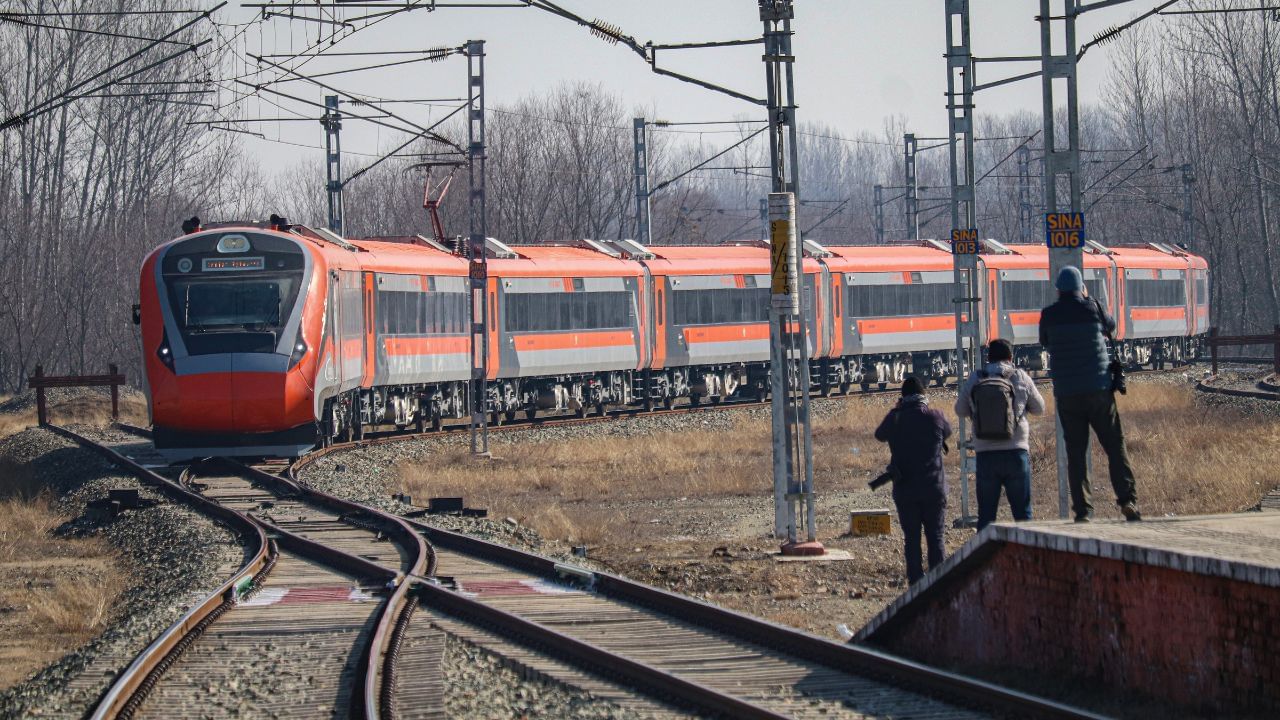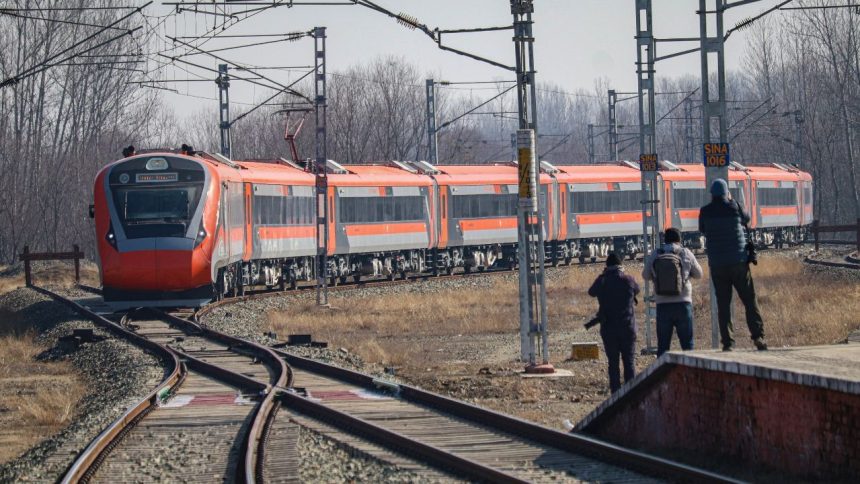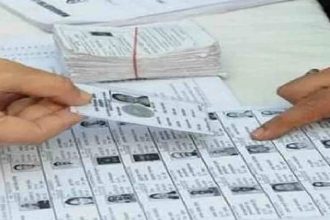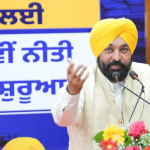
New Delhi: Indian Railways are a vital part of India’s transport system for over 160 years, has seen major changes since Narendra Modi became Prime Minister in 2014. The launch of the Vande Bharat Express on February 15, 2019, marked a turning point. Known as Train 18, this semi-high-speed train, designed and built in India, has transformed rail travel by offering faster journeys, modern amenities, and enhanced connectivity.
As of June 2025, 69 Vande Bharat trains operate across 16 railway zones, with plans to expand to 4,500 by 2047. The article explores how Vande Bharat has boosted Indian Railways over the past 11 years, focusing on its features, expansion, impact on travel time, passenger experience and role in modernisation.
Advanced comfort, premium travel
The Vande Bharat Express, developed under India’s “Make in India” initiative at Chennai’s Integral Coach Factory, is acclaimed for its cutting-edge technology and passenger-centric design. It is among India’s fastest trains, capable of speeds up to 160 km/h, with trials achieving up to 183 km/h, rivaling the Gatimaan Express. Its interiors offer comfort comparable to airplanes, featuring rotatable and reclining seats and large windows for scenic enjoyment.
Passengers benefit from amenities like onboard WiFi, 32-inch entertainment screens, bio-vacuum toilets, and automatic doors. Safety provisions include smoke alarms, aerosol-based fire detection systems, and wheelchair securing points. The train is available in multiple variants—8-car “Mini Vande Bharat” for shorter routes, along with 16-car and 20-car versions to accommodate different travel demands. These advanced features have greatly improved the passenger experience, making it a premium travel choice for millions.
Rapid national expansion
Since its initial launch between New Delhi and Varanasi in 2019, the Vande Bharat Express has rapidly expanded. By January 2025, India had 136 operational trains across various routes, significantly improving national connectivity. As of May 2025, there are 69 Vande Bharat trains operating across 16 railway zones, covering routes in both directions with 138 train numbers. Key expansion milestones include the initial extension to Katra in October 2019, the substantial increase to 35 trains by 2023, including nine inaugurated simultaneously by Prime Minister Narendra Modi on September 24 and 10 additional trains introduced on March 12, 2024.
Further expansion will be continued with the introduction of the Katra-Srinagar route in February and an anticipated Katra-Baramulla service set for launch on June 6, 2025, to enhance connectivity within Jammu and Kashmir. Looking ahead, the government’s ambitious target is to operate 4,500 Vande Bharat trains by 2047, demonstrating its long-term vision for modernising and extensively expanding India’s rail network.
The Vande Bharat Express has greatly reduced travel times, making train journeys quicker and more efficient. For instance, the New Delhi-Varanasi route, covering 759 km, now takes just 8 hours at an average speed of 95 km/h, about 15 per cent faster than before. Similarly, the Bengaluru-Chennai route now takes only 4 hours, cutting 25 minutes off the earlier journey time by increasing speeds from 110 km/h to 130 km/h. The Coimbatore-Bengaluru route currently takes around 6 hours and 40 minutes, but proposals aim to reduce this by another 30-60 minutes. These improvements make train travel a competitive option compared to road and air travel.
Boosting passengers, revenue
Vande Bharat’s advanced facilities have attracted more passengers, boosting rail traffic significantly. For example, in November 2023 alone, Central Railway recorded nearly 1.95 lakh passengers on Vande Bharat trains. Overall, Indian Railways expects the number of passengers to reach around 7.5 billion in the financial year 2025 and further grow to around 7.8-7.9 billion the next year.
The train’s premium facilities have also increased railway revenues significantly. Passenger revenue is projected to grow by 16 per cent to Rs 92,800 crore in FY26. Specifically, the AC3 class, common on Vande Bharat trains, is expected to rise by 23 per cent, reaching Rs 37,115 crore. Executive Class revenues increased by 42 per cent, reaching Rs 698 crore by March FY25 and may rise further to Rs 987 crore in FY26. Similarly, AC Chair Car revenues grew by 28.6 per cent to Rs 4,280 crore by March FY25, with a forecast of Rs 5,626 crore by FY26. This clearly shows how Vande Bharat contributes significantly to passenger numbers and railway earnings.
Under the robust leadership of Prime Minister Modi, Indian Railways has undergone a huge modernisation, with Vande Bharat playing a central role. Older trains like the Shatabdi and Rajdhani Express are being gradually replaced by Vande Bharat, which provides faster, more comfortable travel. That apart, a sleeper variant of Vande Bharat, launched by BEML in September 2024, will begin commercial service from December 2024 to cater specifically to long-distance travelers. To support high-speed trains like Vande Bharat, infrastructure improvements, such as upgraded tracks and redeveloped stations, have been carried out. By 2023, the rail network aimed for complete electrification, with new GPS-based tracking systems and modern locomotives introduced. Despite some challenges, like declining passenger numbers on certain routes and higher costs for a few travellers, Vande Bharat Express remains one of the standout successes in the modernisation of Indian Railways.










